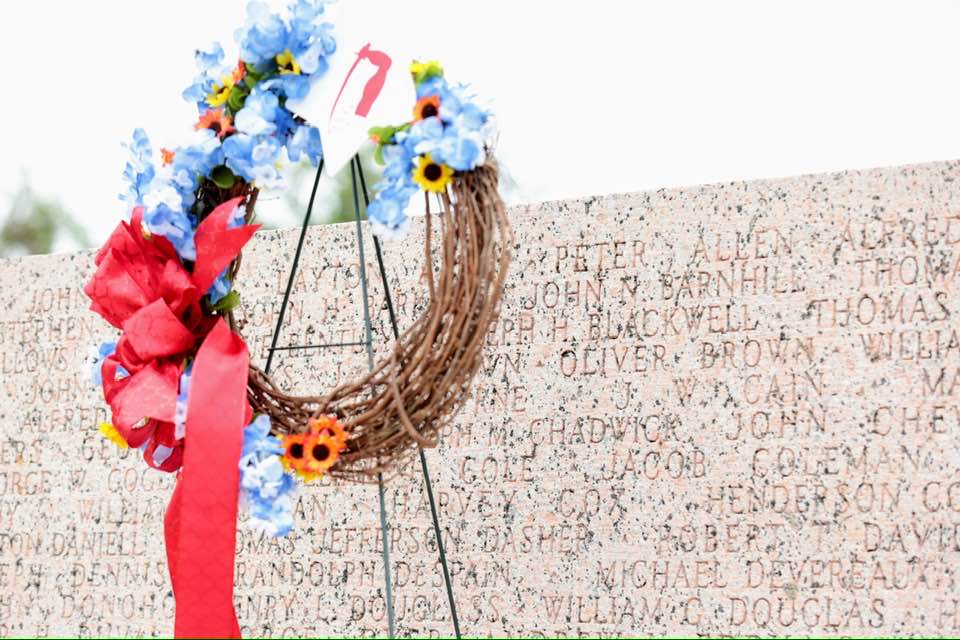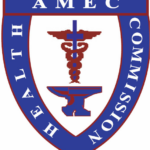Remembering Peter Allen, a Texas Patriot and Son of the AME Church
By Presiding Elder Raymond Bryant, 10th Episcopal District
Recently, I had a phone call from a gentleman in San Antonio who wanted to know if his church could come down and honor someone who was buried with Fannin at the Fannin Monument. I asked who the man was and was told it was Peter Allen. Well, I knew the name and that he was indeed one of the men that was massacred with Fannin.
I thought that it might be a nice article to tell you about Peter, in case you did not know the story of this hero. Peter was born in 1805 in Philadelphia, a free man of color. His parents both had been born into slavery, but both had acquired their freedom before they married. His father, Richard Allen, belonged to Benjamin Chew, the attorney general of Pennsylvania, and bought his freedom in 1783. His mother was born in Isle of Wight, Virginia, in 1764 and came to Philadelphia at the age of 8; she had acquired her freedom prior to marrying Richard Allen in 1801.
Richard’s dad became one of the Black leaders in Colonial America. An accomplished writer, he published books, tracts, and sermons while serving as a minister and educator until his death in 1831. His mom, Sarah Bass Allen, was active in reform activities until her death in 1849.
In 1835, Peter Allen moved from Philadelphia, where most of the Black population was free, to Huntsville, Alabama, where less than 1% of the entire Black population was free. We don’t know the reason for his move to this area, but we do know that it was very dangerous for a free Black to move freely in the South. While there, he met and married a slave named Mary. Despite the danger, the events that unfolded in October 1835 suggest that Peter Allen had gained some acceptance by the White community of Huntsville.
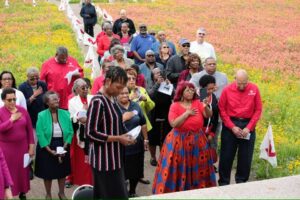

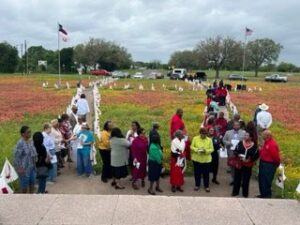
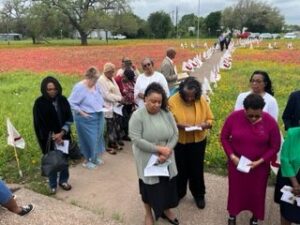
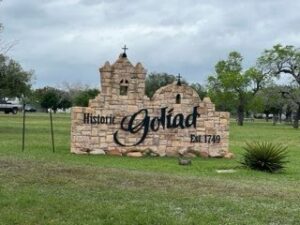
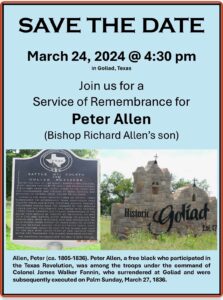
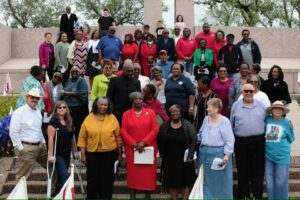
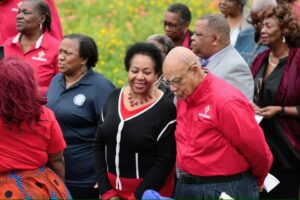
There had been appeals published in several Alabama newspapers, including the Huntsville Southern Advocate, calling for men to aid the people in Texas. On October 31, 1835, an organizational meeting was held in Huntsville, and a volunteer company was formed. Although he was a free Black who had only recently arrived in the city, Peter Allen was welcomed into the company as a musician as it departed Huntsville on Sunday, November 8, 1835.
A steamboat transported the twenty volunteers, including Peter Allen, down the Tennessee River and into the Ohio River before stopping at Paducah, Kentucky, for two days. There, Peter Allen and his small group of volunteers marched through the streets, played music, made speeches, and exhorted the local men to join them before continuing their journey down the Mississippi to Natchez and overland to Nacogdoches. They arrived in Texas in early December and mustered into the service on Christmas Day, 1835. They were dispatched to Goliad and joined the volunteers at Refugio in late January 1836. He participated in the battle of Coleto Creek under Fannin.
The night before the massacre, Capt. Shackelford, the commander of the Red Rovers, recalled that the musicians in the troop played “Home, Sweet Home” on their flutes, as many of them shed tears rolled down their manly cheeks. Palm Sunday, the men were awakened at dawn by their guards and led out in three different directions shortly after Shackelford heard shots and screams of men as they were being executed. Later that day, the Mexican soldiers burned the corpses.
Peter Allen was one of these corpses that were burned. Later, his siblings in Philadelphia, who claimed to be his only heirs, obtained title to 4,036 acres in Texas. Later, his wife, Mary, proved her marriage and filed a claim as well. His heirs in Philadelphia objected, but after a court battle that ended in the Texas Supreme Court, Mary Allen’s claim was confirmed, and the suit against her by Allen’s heirs in Philadelphia was dismissed.
A group from the San Antonio District, Southwest Conference of the African Methodist Episcopal Church, will be at the Fannin Monument on Palm Sunday at 4:30 p.m. to hold a service of remembrance for Peter Allen.They would like to invite you to join them in honoring this hero of Texas Independence.


